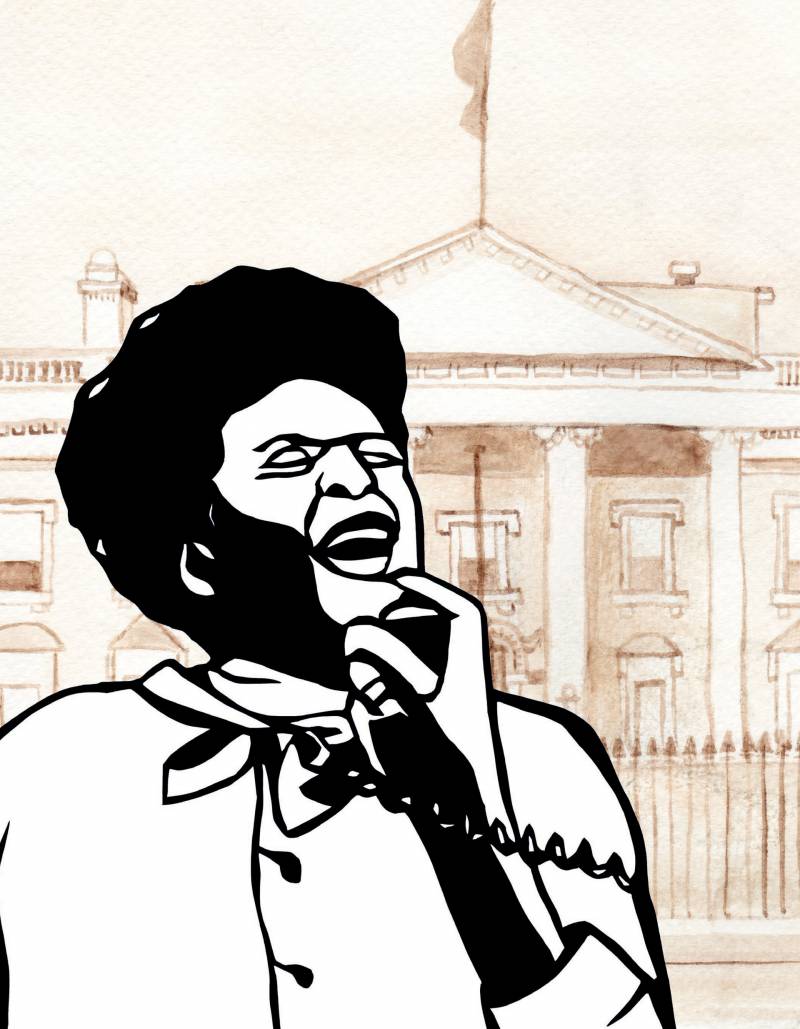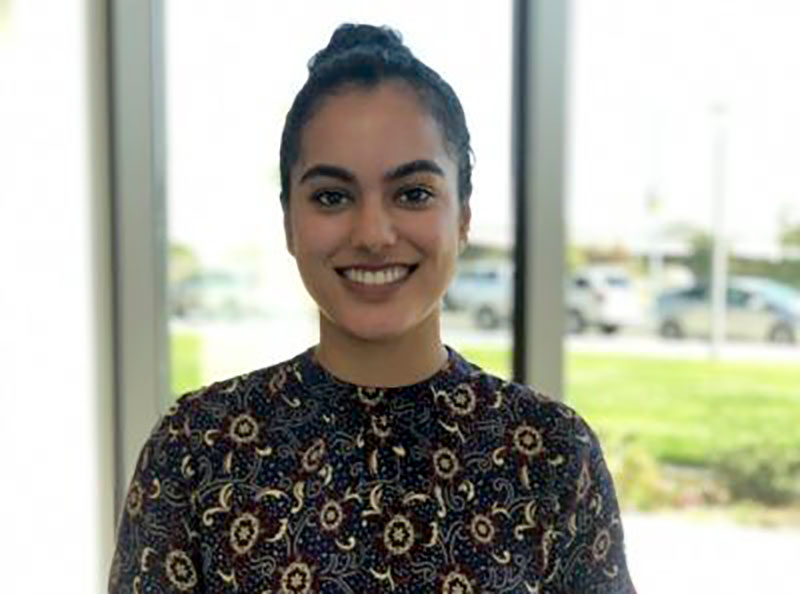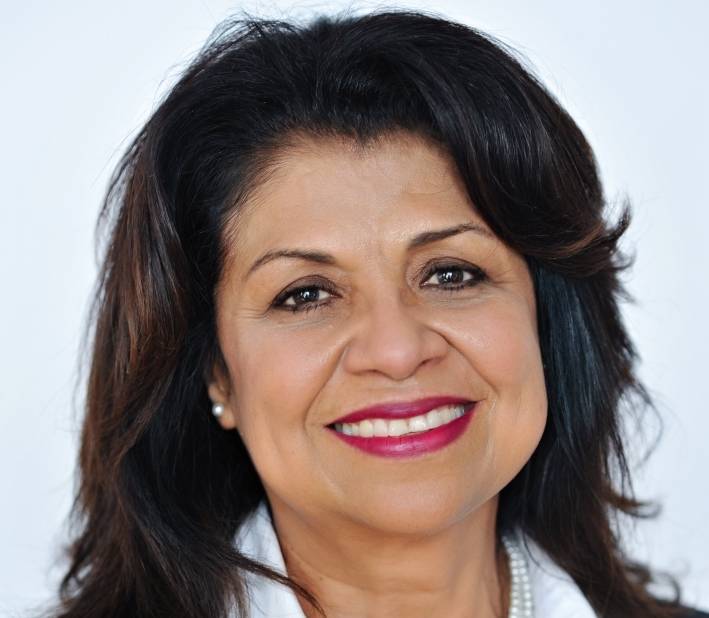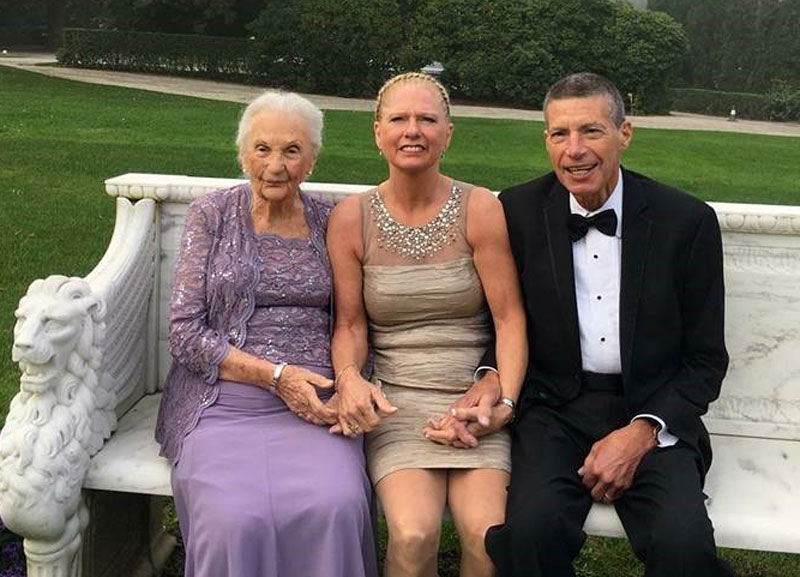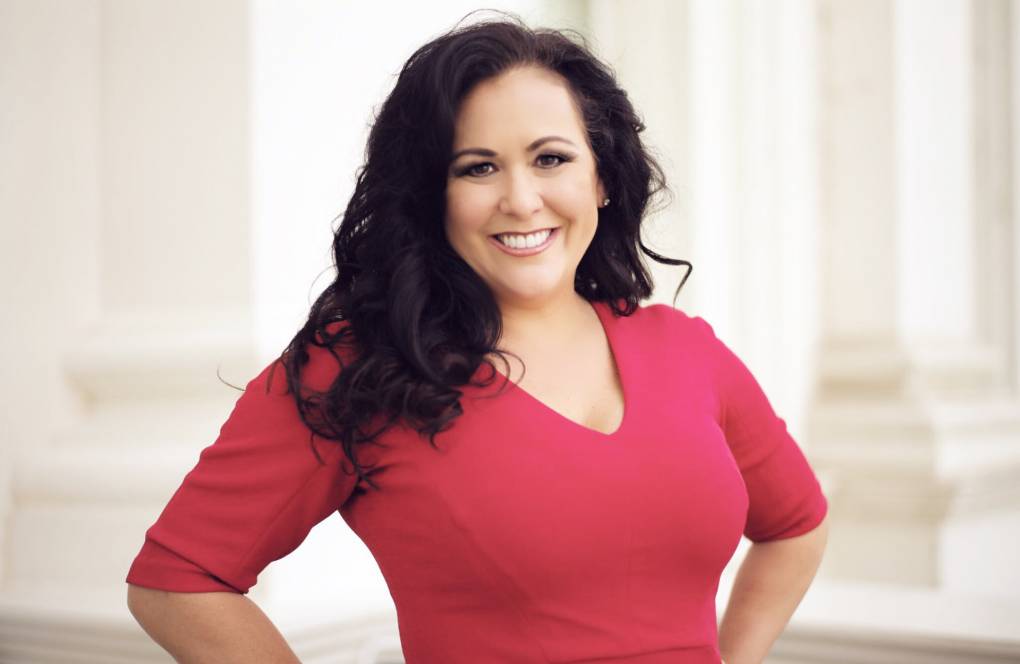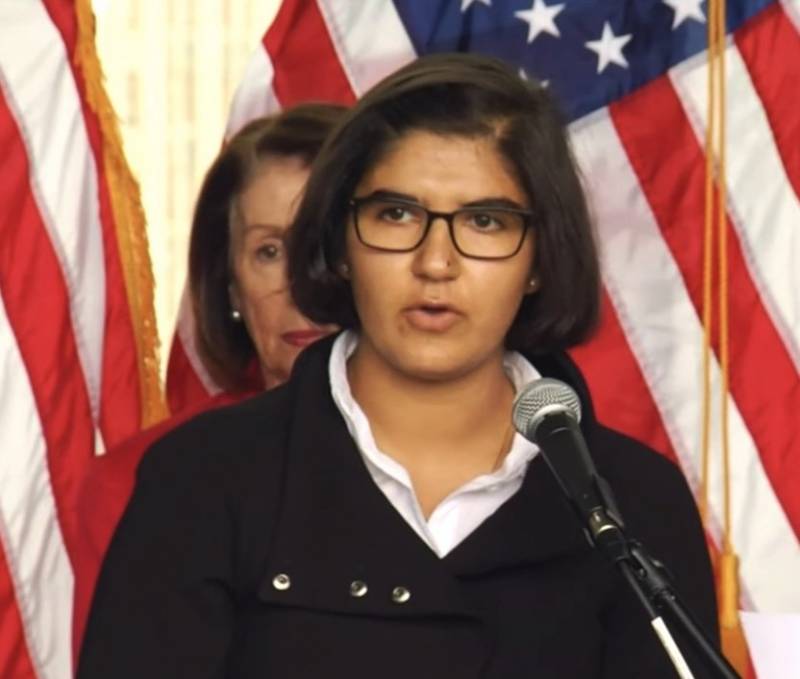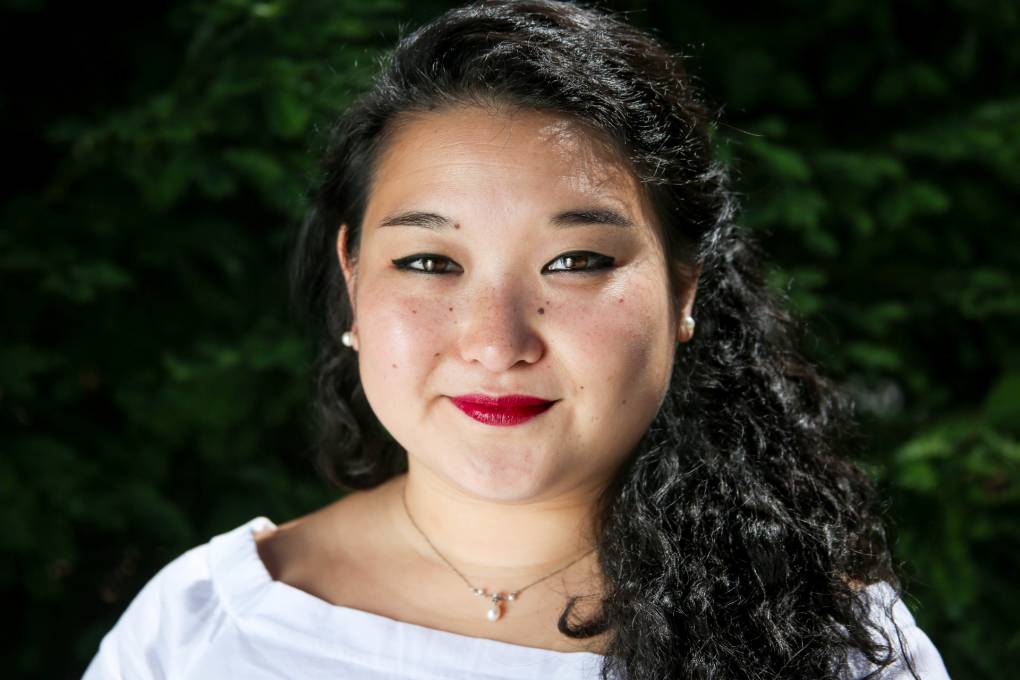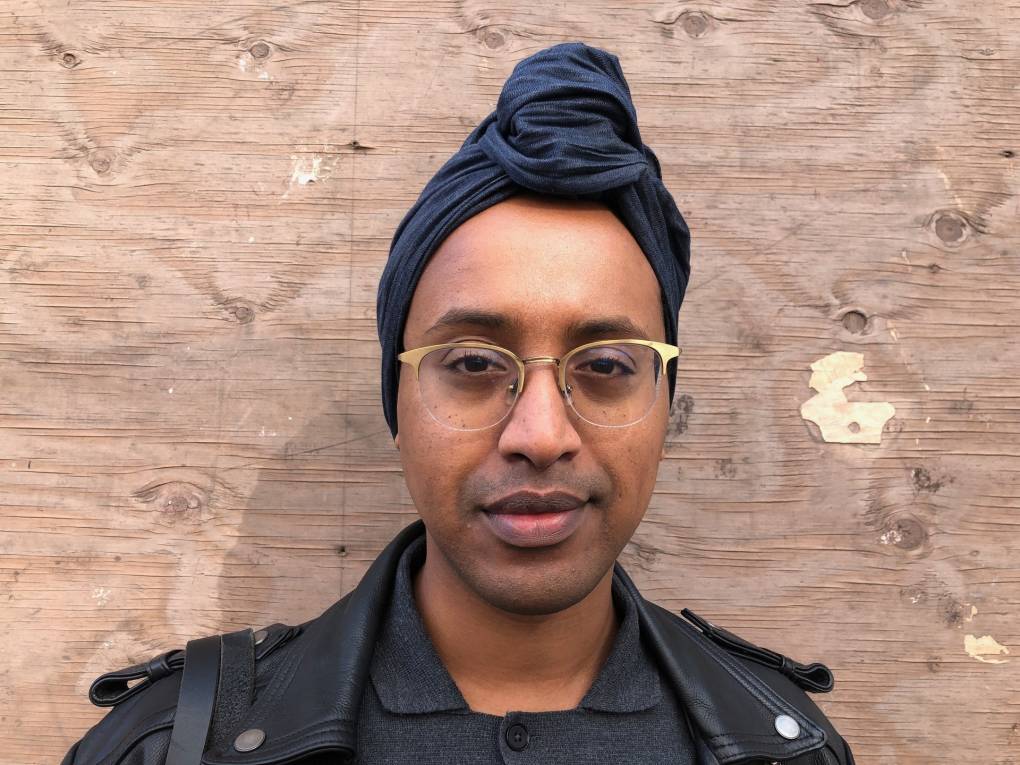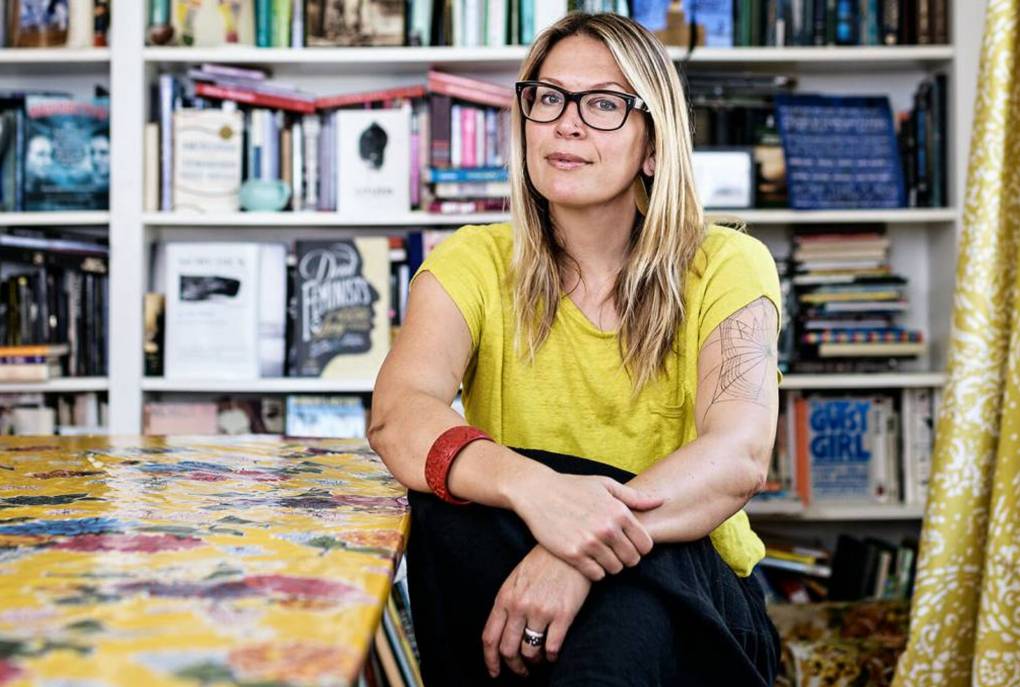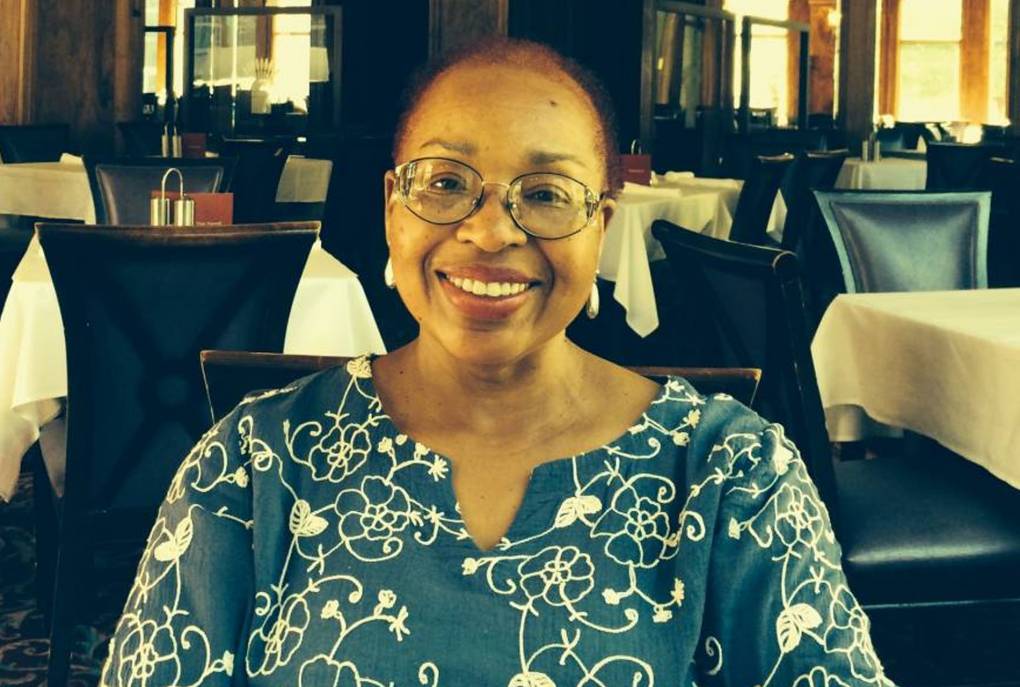“Whether it’s white suburban women deciding this was not what they had signed up for, or Black women who have become our symbol of trust and guidance, Latinas who know that for the betterment of their children and their community that they have to vote, I think women are very much going to matter in this election,” California Assemblywoman Lorena Gonzalez, D-San Diego, told KQED in an interview.
In some ways, California has long been ahead of the game when it comes to enfranchising women.
The state was the first to add an equal rights amendment to its state Constitution, way back in 1879. And on Oct. 10, 1911, California became the sixth state where women could vote – nine years before the 19th Amendment made it the law of the land.
“California was one of the hotbeds of the reform sentiment in this period called Progressivism,” said Ellen DuBois, professor emerita of history and gender studies at UCLA.
“Progressives put a bunch of referenda and initiatives on the ballot. And one was to change the state Constitution to give women the right to vote,” DuBois said.
But in reality, the 19th Amendment can actually only truly be considered a partial victory.
Even though women’s votes may matter more than usual this November, and women like Harris are breaking barriers, the struggle for all women’s rights in this country continues to this day.
As the journey to the 19th Amendment shows, equal access to the vote is a fragile thing.
You can’t just rely on amendments to make it real. It takes legislation, grassroots activism and widespread public will to make change.
“We have come far,” said 100-year-old voting rights activist and League of Women Voters member Rita Barschak, who lives in Los Angeles and was born the year women won the right to vote. “But so not far enough.”
Find out more about the history of the 19th Amendment in California, check out Google Arts and Culture/California State Archives’ virtual exhibition: “On the Road to Ratification: California and the Struggle for Women’s Suffrage.”
